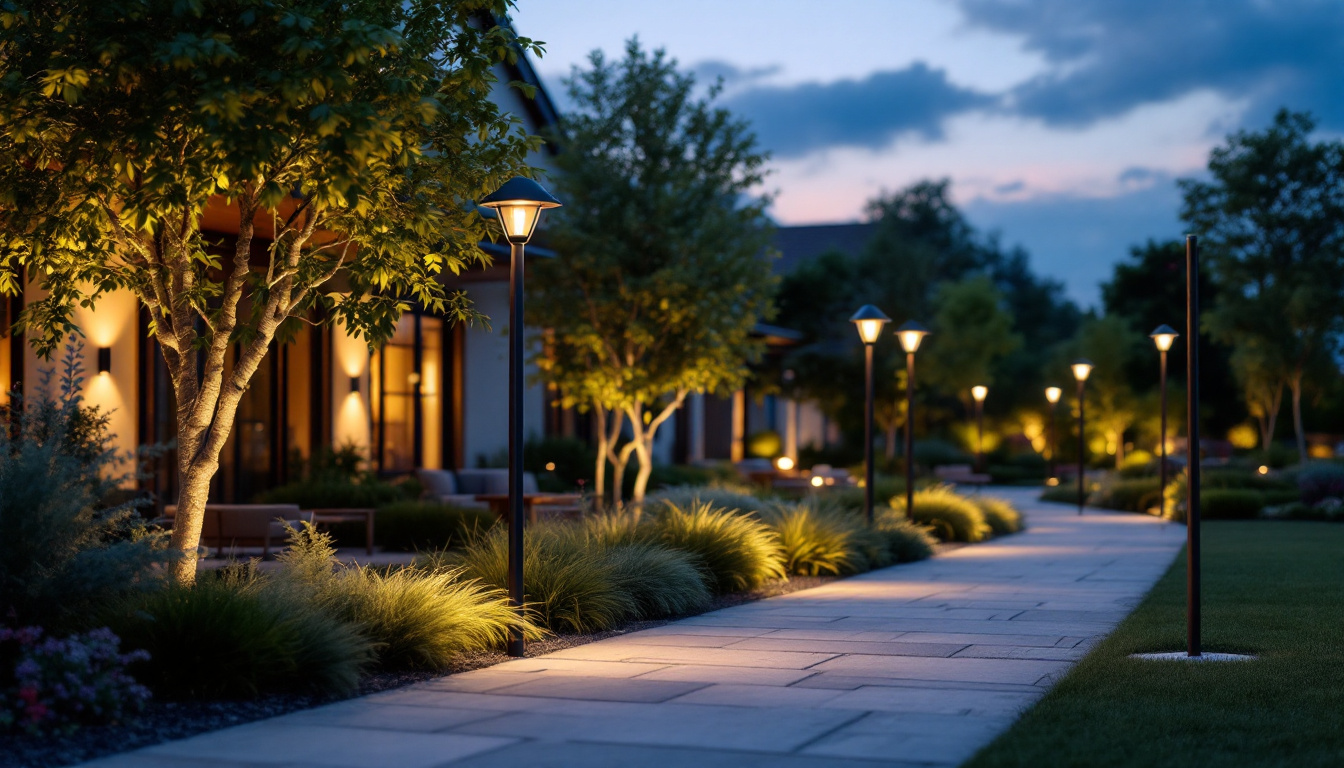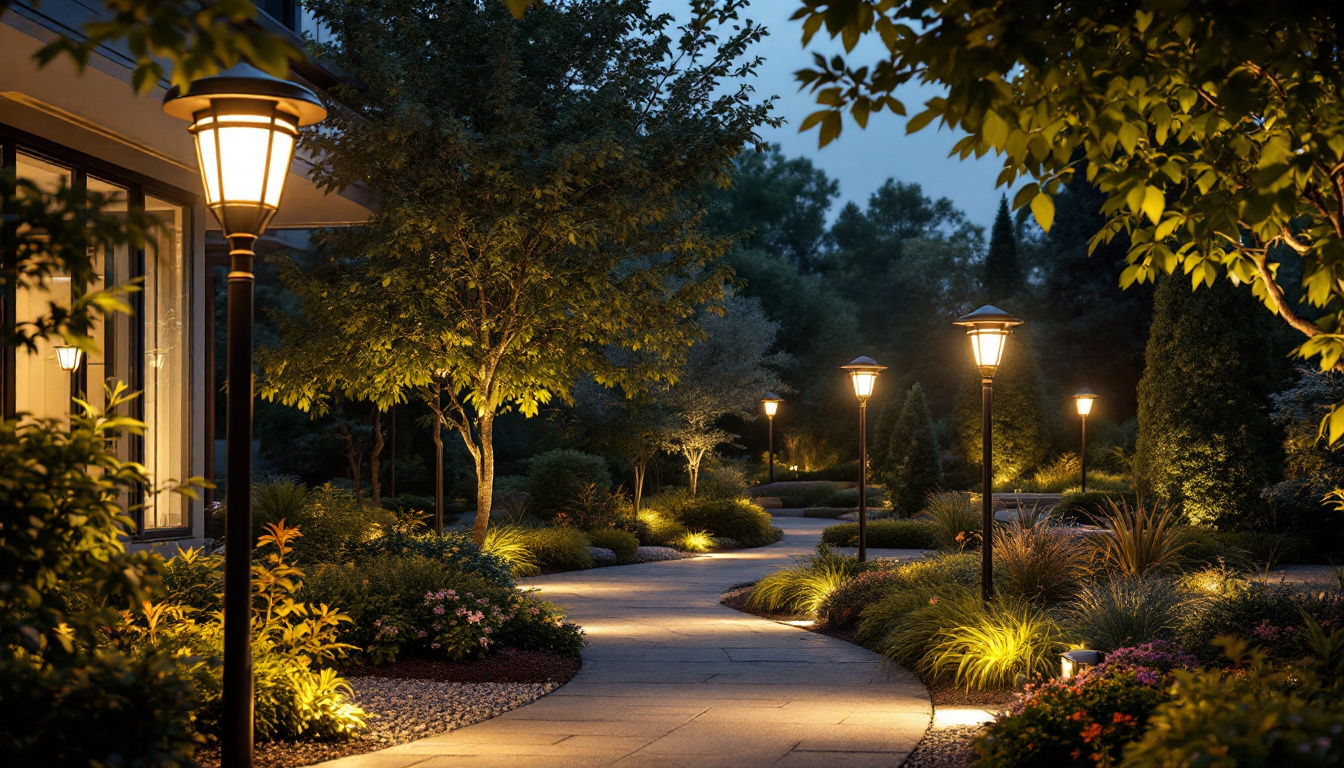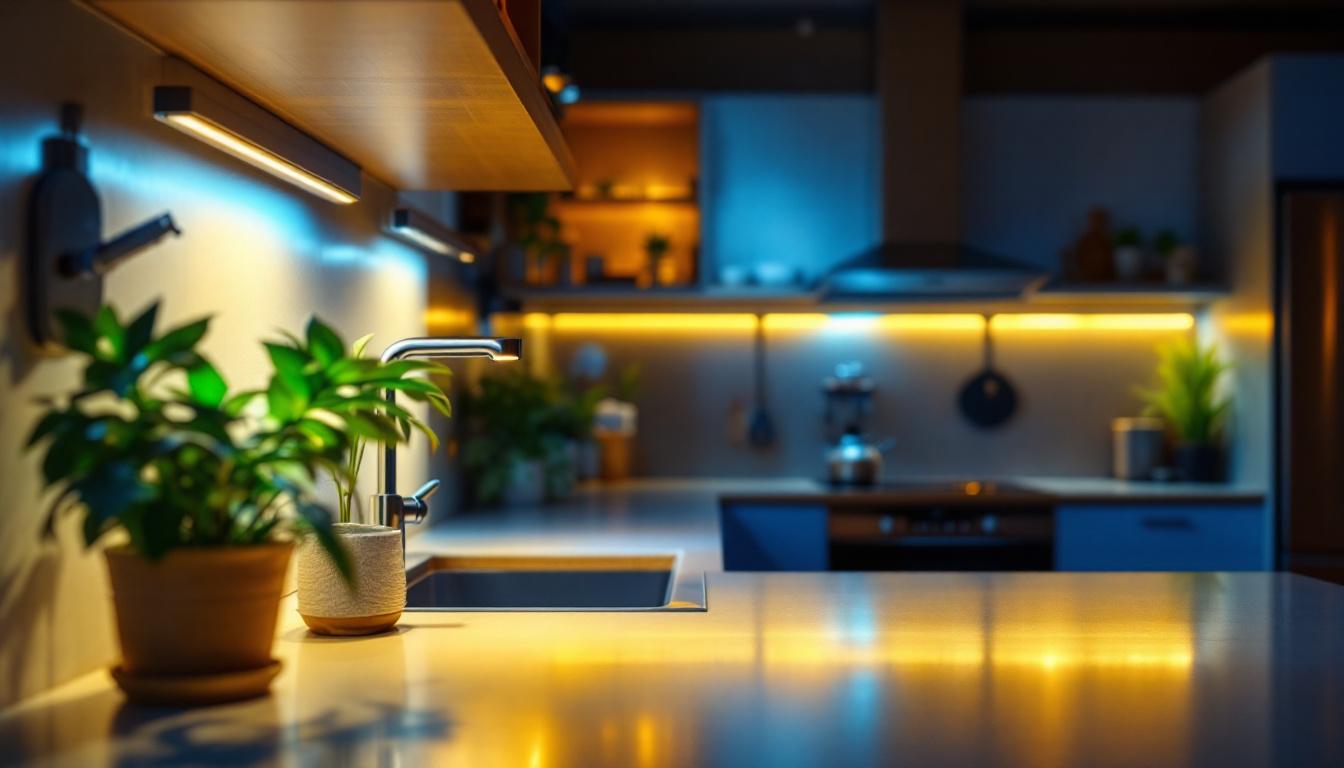
As the demand for sustainable and energy-efficient solutions continues to rise, lighting contractors are increasingly exploring solar LED technology. This innovative lighting option not only offers environmental benefits but also presents unique challenges. Understanding the pros and cons of solar LED systems is essential for lighting contractors looking to stay ahead in a competitive market. This article delves into the various aspects of solar LED lighting, providing insights that can help contractors make informed decisions.
Solar LED lighting combines solar energy with light-emitting diode (LED) technology to create an efficient and sustainable lighting solution. Solar panels capture sunlight and convert it into electricity, which powers the LED fixtures. This technology is particularly advantageous in areas where traditional electrical infrastructure is lacking or where energy costs are high. Additionally, the environmental benefits of solar LED lighting cannot be overstated, as it significantly reduces carbon footprints by utilizing a clean and renewable energy source, contributing to a more sustainable future.
The operation of solar LED lights is relatively straightforward. Solar panels, typically mounted on the fixture or nearby, absorb sunlight during the day. This energy is then stored in batteries for use during the night. The LED lights, known for their low energy consumption and long lifespan, illuminate spaces effectively while relying on renewable energy. Moreover, many modern solar LED systems are equipped with smart technology that allows for adaptive lighting, adjusting brightness based on the time of day or the presence of motion, thereby maximizing efficiency and extending battery life.
Solar LED lights are versatile and can be used in various applications, including street lighting, pathway illumination, garden lighting, and security lighting. Their adaptability makes them suitable for both residential and commercial projects. Furthermore, they can be installed in remote locations where extending electrical lines would be cost-prohibitive. Beyond typical applications, solar LED technology is also making strides in innovative areas such as solar-powered signage and emergency lighting systems, proving to be invaluable in disaster relief efforts where conventional power sources may be compromised. The integration of solar LEDs in urban planning is also gaining traction, as cities strive to enhance sustainability and reduce energy consumption, ultimately leading to smarter and greener urban environments.
Solar LED lighting offers numerous benefits that can appeal to lighting contractors and their clients alike. Understanding these advantages can help contractors effectively market these solutions to potential customers.
One of the most significant advantages of solar LED lighting is its energy efficiency. LED technology consumes significantly less energy than traditional incandescent or fluorescent lights. Coupled with solar power, these systems can drastically reduce electricity bills, making them an attractive option for budget-conscious clients.
Moreover, the initial investment in solar LED systems can be offset by long-term savings. With no ongoing electricity costs and minimal maintenance requirements, clients can see a return on investment over time. This financial benefit can be a compelling selling point for contractors. Additionally, many governments and local authorities offer incentives, such as tax rebates or grants, for installing renewable energy systems. These financial incentives can further enhance the appeal of solar LED lighting, making it an even more attractive option for clients looking to invest in sustainable solutions.
As society becomes more environmentally conscious, the demand for sustainable solutions grows. Solar LED lighting contributes to reducing carbon footprints by utilizing renewable energy. By promoting solar LED systems, contractors can position themselves as environmentally responsible professionals, appealing to eco-conscious clients.
Additionally, solar LED lights do not contain harmful substances like mercury, which is found in some traditional lighting options. This makes them a safer choice for both the environment and human health. The longevity of LED lights also means that they need to be replaced less frequently, reducing waste and the environmental impact associated with manufacturing and disposing of lighting products. By choosing solar LED lighting, clients can not only enhance their spaces but also contribute to a more sustainable future.
Another notable advantage of solar LED lighting is its ease of installation. Since these systems do not require extensive wiring or electrical connections, contractors can save time and labor costs during installation. This simplicity allows for quicker project turnaround times, enabling contractors to take on more jobs and increase their profitability.
Furthermore, many solar LED products come with user-friendly mounting options, making it easier for contractors to adapt to various installation scenarios. The versatility of these systems means they can be installed in remote locations without access to the grid, such as parks, gardens, and pathways. This opens up new opportunities for contractors to expand their service offerings and cater to a wider range of clients. As urban spaces increasingly prioritize green solutions, the demand for solar LED lighting installations in public spaces and residential areas is likely to grow, positioning contractors who specialize in these systems at the forefront of the market.
While solar LED lighting offers numerous benefits, it is not without its challenges. Understanding these drawbacks is crucial for lighting contractors to provide realistic expectations to their clients and to navigate potential obstacles effectively.
Although solar LED systems can lead to long-term savings, the initial investment can be a barrier for some clients. The cost of high-quality solar panels and LED fixtures can be higher than traditional lighting options. Contractors must be prepared to explain the long-term benefits and potential savings to clients who may be hesitant to invest upfront.
Additionally, the availability of financing options or incentives for solar energy projects can vary by region, impacting the overall affordability for clients. Contractors should stay informed about local incentives to help clients navigate these financial considerations.
Solar LED lighting systems rely on sunlight to function effectively. In areas with prolonged cloudy weather or limited sunlight, the performance of solar lights may be compromised. This dependence on weather conditions can lead to concerns about reliability, especially for clients in regions with less favorable climates.
To address this issue, contractors can recommend solar LED systems with larger battery capacities or hybrid systems that incorporate traditional power sources. This ensures that clients have reliable lighting even during adverse weather conditions.
While solar LED technology has advanced significantly, it is not without limitations. The efficiency of solar panels can vary based on their quality and design, affecting the overall performance of the lighting system. Additionally, the lifespan of batteries can impact the reliability of solar LED lights, as older batteries may not hold a charge as effectively.
Contractors must stay updated on the latest advancements in solar technology to recommend the best products to their clients. Regular maintenance and monitoring of solar LED systems can also help mitigate some of these challenges.
The solar LED market is evolving rapidly, driven by technological advancements and increasing demand for sustainable solutions. Lighting contractors should be aware of current trends to remain competitive and meet client expectations.
As more individuals and businesses prioritize sustainability, the demand for solar LED lighting is expected to grow. Contractors who can effectively market the environmental benefits of solar LED systems will likely find a receptive audience. This trend is particularly evident in commercial projects, where businesses seek to enhance their green credentials.
Furthermore, government initiatives and incentives promoting renewable energy can further drive demand for solar LED solutions. Contractors should stay informed about these programs to leverage potential opportunities.
Continuous advancements in solar and LED technology are enhancing the performance and efficiency of solar LED systems. Innovations such as smart solar lights, which can be controlled via mobile apps, are becoming increasingly popular. These technologies offer features like motion sensors and dimming capabilities, providing added convenience and energy savings.
Contractors should explore partnerships with manufacturers who are at the forefront of these technological advancements, ensuring they can offer clients the latest and most effective solutions.
As cities become more connected and smart technology becomes integrated into urban planning, solar LED lighting is likely to play a significant role. Smart city initiatives often include energy-efficient lighting solutions that enhance public safety and reduce energy consumption.
Lighting contractors can position themselves as key players in these initiatives by offering solar LED solutions that align with smart city goals. This not only opens new business opportunities but also contributes to the overall improvement of urban environments.
Solar LED lighting presents a unique opportunity for lighting contractors to expand their offerings and meet the growing demand for sustainable solutions. While there are challenges associated with initial costs, weather dependence, and technological limitations, the advantages of energy efficiency, cost savings, and environmental impact are compelling.
By staying informed about market trends and technological advancements, contractors can effectively navigate the solar LED landscape and provide clients with innovative lighting solutions. As the industry continues to evolve, embracing solar LED technology can position lighting contractors for success in a competitive market.
Ultimately, the decision to incorporate solar LED lighting into a contractor’s portfolio should be based on a thorough understanding of both the benefits and challenges. By doing so, contractors can not only enhance their service offerings but also contribute to a more sustainable future.
Ready to harness the power of solar LED lighting and elevate your lighting projects? Look no further than LumenWholesale for all your lighting needs. Our extensive selection of spec-grade lighting products is designed to meet the highest industry standards, ensuring you deliver reliable and high-performance lighting solutions to your clients. With unbeatable wholesale prices and the convenience of free shipping on bulk orders, you can trust LumenWholesale to provide premium lighting without the premium price tag. Take the next step in sustainable lighting and explore our collection at the best value today.

Discover essential tips and expert insights for lighting contractors in our comprehensive guide to the best outdoor post lights.

Explore the strategic advantages for lighting contractors in concealing outdoor lights.

Discover expert insights into optimizing outdoor lighting with sensors in this comprehensive guide tailored for lighting contractors.

Discover expert tips on LED undercounter light installation to avoid costly mistakes.